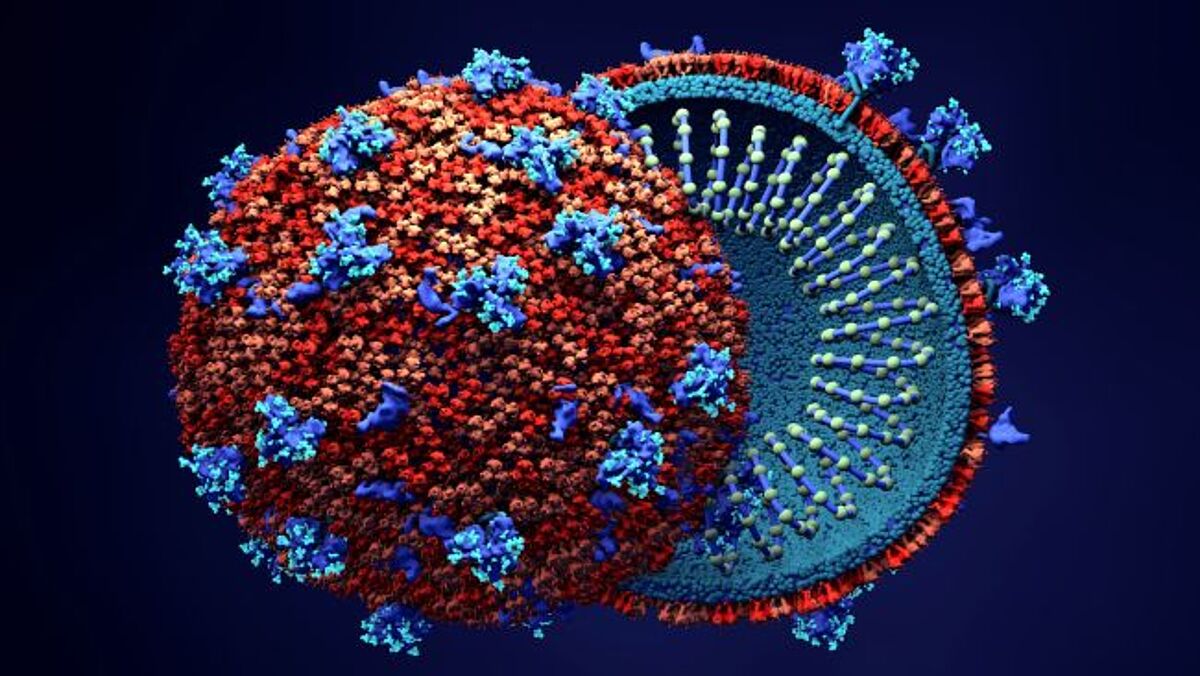SARS-CoV-2 Wuhan connection called into question by new study
A study published online on biorxiv.org on May 1 finds that SARS-CoV-2 is surprisingly well adapted to humans, given the supposedly short time it has been in the general population. Researchers from the Broad Institute and the University of British Columbia compared a set of viral sequences from the original SARS-CoV dating back to 2003 with the novel SARS-CoV-2.

For their analysis, they collected viral genomes spanning approximate 3-month periods for the following groups: 11 genomes from early-to-mid epidemic SARS-CoV, 32 genomes from late epidemic SARS-CoV, and 46 genomes from SARS-CoV-2 that included an early December, 2019 isolate, Wuhan- Hu-1, and 15 randomly selected genomes from each month of January through March, 2020 sampled from diverse geographical regions.
Their analysis shows that SARS-CoV adapted under selective pressure that was highest as it crossed from Himalayan palm civets (intermediate host species) to humans and diminished towards the end of the epidemic; this series of adaptations between species and in humans culminated in a highly infectious SARS-CoV that dominated the late epidemic phase. In comparison, analysis of the SARS-CoV- 2 isolates shows that the virus exhibits genetic diversity that is more similar to that of late epidemic SARS-CoV. Thus, the SARS-CoV-2 epidemic appears to be missing an early phase during which the virus would be expected to accumulate adaptive mutations for human transmission.
One possible explanation is that by the time SARS-CoV-2 was first detected in late 2019, it was already pre-adapted to human transmission to an extent similar to late epidemic SARS-CoV. However, no precursors or branches of evolution stemming from a less human-adapted SARS-CoV-2-like virus have been detected. The sudden appearance of a highly infectious SARS-CoV-2 is surprising and seems to argue against direct transmission from an animal host to humans at the Wuhan animal market.
The study by Zhan et al. raises several questions. Did SARS-CoV-2 transmit across species into humans and circulate undetected for months prior to late 2019 while accumulating adaptive mutations? Or was SARS-CoV-2 already well adapted for humans while in bats or an intermediate species? Only further analysis of early stage SARS-CoV-2 isolates will tell.
Zhan et al. - doi: https://doi.org/10.1101/2020.05.01.073262
